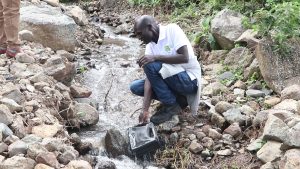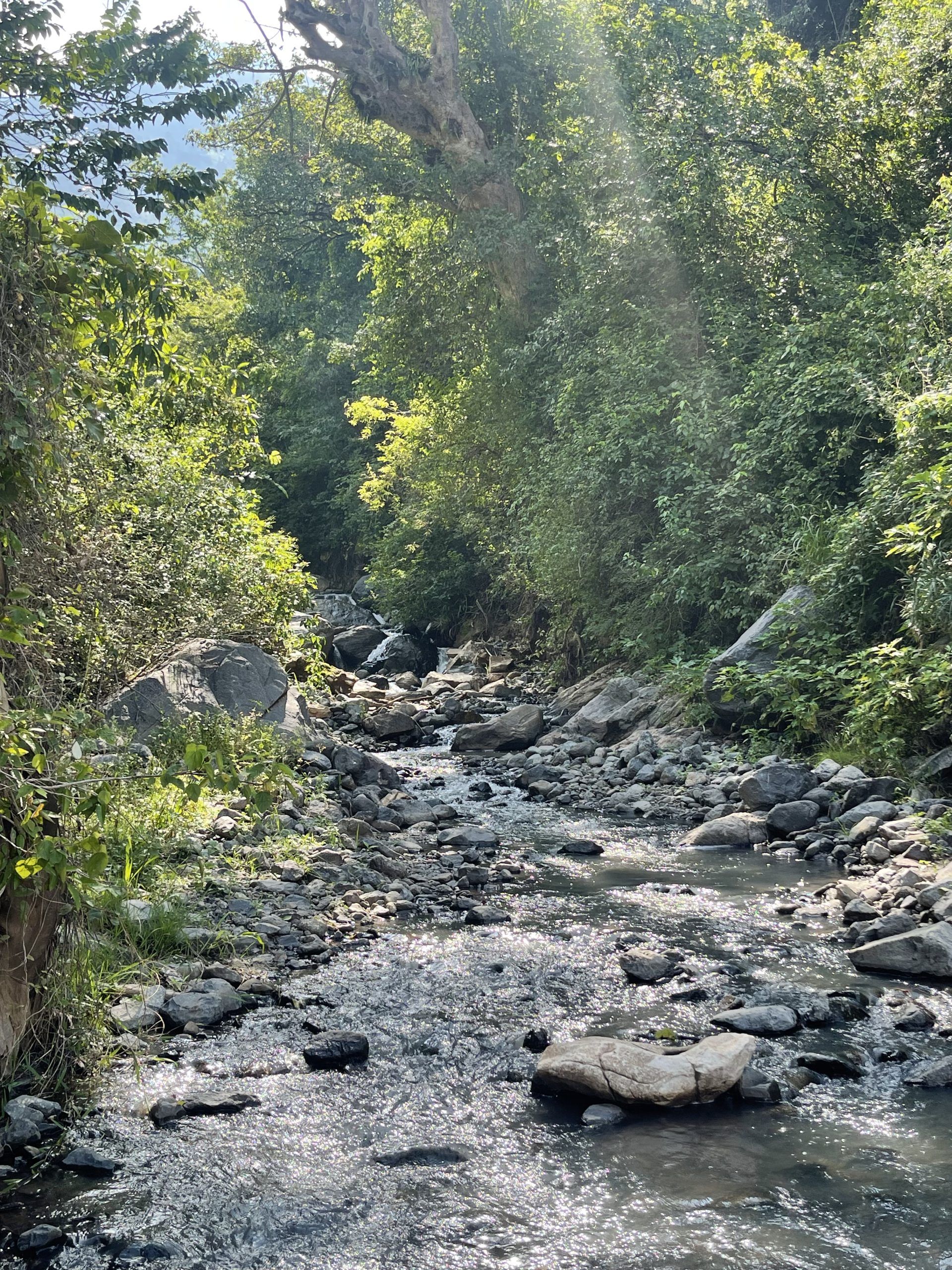River Moiben remembers the time the forest above her banks was dense and undisturbed, when root systems held the soil like secrets, and morning mist curled like song above her tributaries. When the rains came gently and filtered through leaf litter, feeding her pulse slow and steady. The elders still speak of those days — when fish were many, when the water was sweet.
But the Moiben River, like so many in Kenya’s water towers, has also lived through forgetting.
Deforestation across the Cherangani catchment, especially in the steep, rugged hills exposed her veins. What followed was a sharp story: gulleys gouged deeper, silt flowed heavier, dry spells lengthened. With forests gone, she began to thirst and so did those who depend on her: the farmers downstream, the wildlife, the children fetching water before school. Research by institutions like Moi University and KEFRI has traced this disruption sediment loads increasing, water quality declining, flow becoming erratic. The forests that once balanced evapotranspiration and groundwater recharge now stood fragmented. Even small tributaries like the Kapkoi or Kesup streams — once reliable year-round, have become seasonal trickles in some stretches.
This is not just a climate issue. It is a land-use issue. It is a forest story. Beyond the trees, are watersheds as living systems. Restoration is not romantic work. It’s muddy, complex, and slow. But it is also sacred because rivers like the Moiben are more than sources of water. They are carriers of time, holders of memory, and arteries of life in the Rift Valley.
To truly restore her, we need more than planting. We need monitoring, knowledge-sharing with indigenous communities, support for riparian buffer zones, and stronger upstream-downstream governance.

River Moiben cannot heal if only her edges are mended. Therefore invite you to walk with us. This is our invitation to researchers, community members, policymakers, and climate dreamers: walk with us along this ecosystem. Listen to her currents. Plant with intention, learn from the land and remember, water is not separate from forests.
Because every restored tree is not just a carbon sink.


Comments are closed